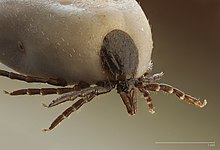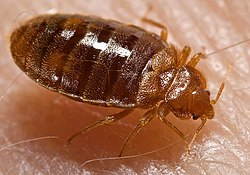Carbohydrates: Carbohydrates are organic compounds that contain C,H,O atoms.
Carbohydrates are mainly consist of monosaccharids or the compound of mono sugar
of various lengths. The word “saccharide” is derived from the geek word
“sakkharon”, meaning sugar.
Carbohydrates may be defined chemically as
aldehyde or ketone derivatives of polyhydric (more than one –OH group) alcohols
or as compounds that yield these derivatives on hydrolysis.
–Harper
The general formula of the carbohydrates is
Cn(H2O)n. As the ratio of H and O in
carbohydrate is 2:1 same as water, so they are often considered as “hydrated carbon”. Some carbohydrates also contain nitrogen,
phosphorus or sulfur.
Classification of Carbohydrates: On the basis of simple sugar unit present
in carbohydrates, they can be classified into four major groups as follows:-
1.
Monosaccharides
2.
Disaccharides
3.
Oligosaccharides
and
4.
Polysaccharides
1. Monosaccharideas: Monosaccharide is the simplest of
carbohydrates, consist of a single polyhydroxy aldehyde or ketone unit. It
cannot be hydrolyzed further more into simplest forms. There general formula is
Cn(H2O)n or CnH2nOn.
These can be further
subdivided as follows–
1. According to the number of carbon atom
present in the molecule–
Trioses:
Carbohydrates containing 3 carbon atoms.
Ex: Glyceraldehyde,
Dihydroxyaceton etc.
Tetroses: Carbohydrates
containing 4 carbon atoms.
Ex: Erythrose, Threose etc.
Pentoses: Carbohydrates
containing 5 carbon atoms.
Ex: Ribose, Ribulose etc.
Hexoses: Carbohydrates
containing 6 carbon atoms.
Ex: Glucose, Fructose etc.
Heptoses: Carbohydrates
containing 7 carbon atoms.
Ex: Glucoheptose,
Sodoheptulose etc.
2. According to
the presence of aldehyde (–CHO) or ketone (˃C=O) group–
Aldoses: Carbohydrates
containing aldehyde (–CHO) group.
Ketoses: Carbohydrates
containing ketone (˃C=O)
group.
Monosaccharides
|
Name
|
Formula
|
Aldoses
|
Ketoses
|
|
Trioses
|
C3H6O3
|
Glyceraldehyde
|
Dihydroxyacetone
|
|
Tetroses
|
C4H8O4
|
Erythrose
|
Erythrulose
|
|
Pentoses
|
C5H10O5
|
Ribose
|
Ribulose
|
|
Hexoses
|
C6H12O6
|
Glucose
|
Fructose
|
|
Heptoses
|
C7H14O7
|
Glucoheptose
|
Sodoheptulose
|
The
most abundant monosaccharide in nature is the six carbon sugar D–glucose.
2. Disaccharides: Disaccharides are those Carbohydrates that yield two molecules
of the same or of the different monosaccharides when hydrolyzed. The general
formula is Cn(H2O)n-1.
For
example,
Sucrose = Glucose +
Fructose
Lactose = Glucose +
Glactose
Maltose = Glucose +
Glucose
3.
Oligosaccharides: Oligosaccharides
consists of short chains of monosaccharide unites (3–10) joined together by
characteristic glycosidic linkage. They are classified on the number of
monosaccharides.
For example,
Trisacccharides → Raffinose, Rhamninose
Tetrasaccharides → Stachyose
Pentasaccharides → Verbascose
4. Polysaccharides: Polysaccharides , known
as glycans are high molecular weight
carbohydrates containing more than 10 – 100 or even thousands monomeric unit
connected with one another by covalent bondreffered to as glycosidic bond. The
polysaccharides may be phenol, alcohol etc. to form glycosides.







